Affiliate links on Android Authority may earn us a commission. Learn more.
5 things the LG V40 ThinQ cameras can do that HUAWEI P20 Pro cameras can't
Published onOctober 14, 2018
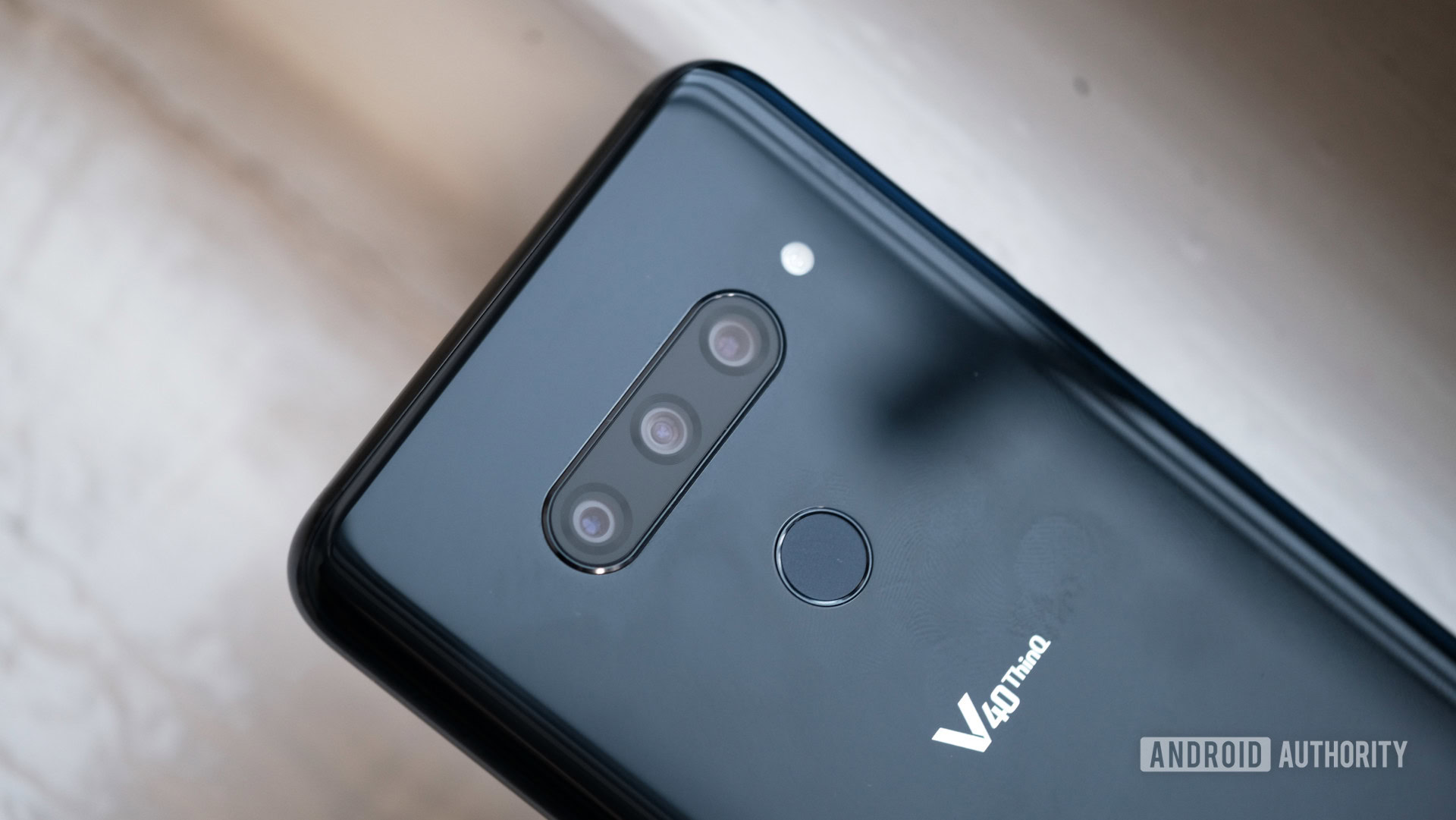
Huawei‘s P20 Pro may have delivered the camera of the year with its triple-lens setup. Offering great low-light capabilities and better zoom, the camera setup earned it plenty of favorable reviews.
LG is also making a triple-camera play with its new LG V40, but the Korean company’s camera setup differs from the P20 Pro’s arrangement.
Don’t miss: LG V40 ThinQ review | HUAWEI P20 Pro review
Huawei’s setup features a 40MP main camera, a 20MP monochrome shooter, and an 8MP 3x telephoto snapper, all working in harmony for better-than-normal zoom and oversampled shots. The LG V40’s triple camera arrangement consists of a 12MP standard camera, a 16MP ultra wide angle snapper, and a 12MP 2x telephoto shooter.
The differences aren’t merely technical either. The LG V40 triple-camera setup can do a few things HUAWEI’s flagship can’t. We’ve listed these features below.
The super wide-angle camera
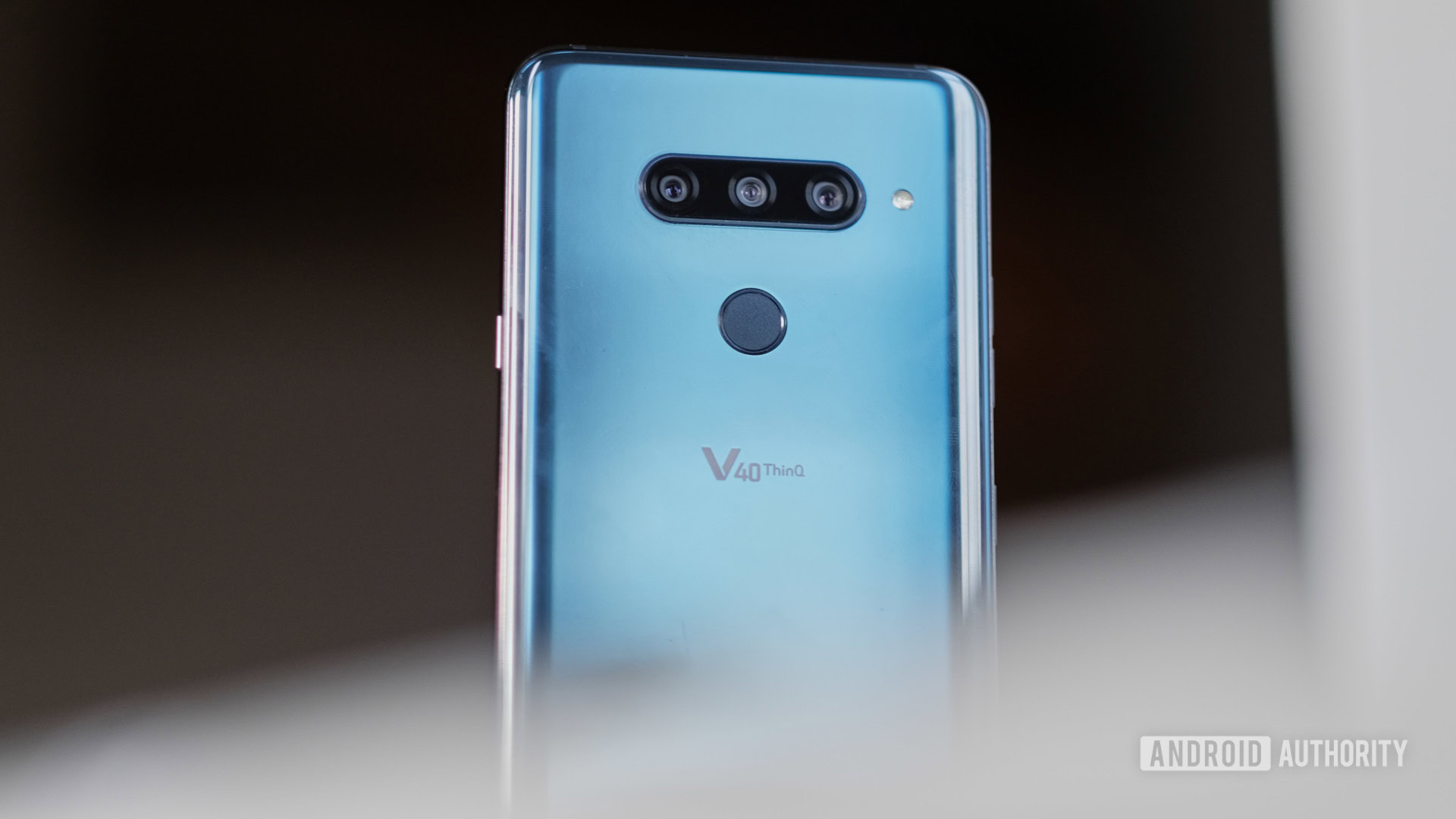
Huawei’s P20 Pro might have three cameras, but it doesn’t have a super wide-angle camera. Instead, it uses a monochrome shooter for better low-light snaps.
LG’s made a name for itself thanks to the super-wide angle secondary camera. The camera has made good progress since 2016’s LG G5, with each generation resulting in reduced distortion and a higher megapixel count.
Cinemagraphs
Cinemagraphs are nothing new. They let users make an animation (be it a GIF or MP4) with only certain parts of the scene moving. We’ve previously seen this feature on Nokia’s Lumia phones, the Cinemagram app, and the Moto Z3 Play.
LG’s latest phone can also capture cinemagraphs, calling its take on the feature Cine Shot. You can even create cinemagraphs with all three rear cameras, giving you extra flexibility. This isn’t an LG-exclusive feature, but the P20 Pro certainly lacks it.
Simultaneous preview
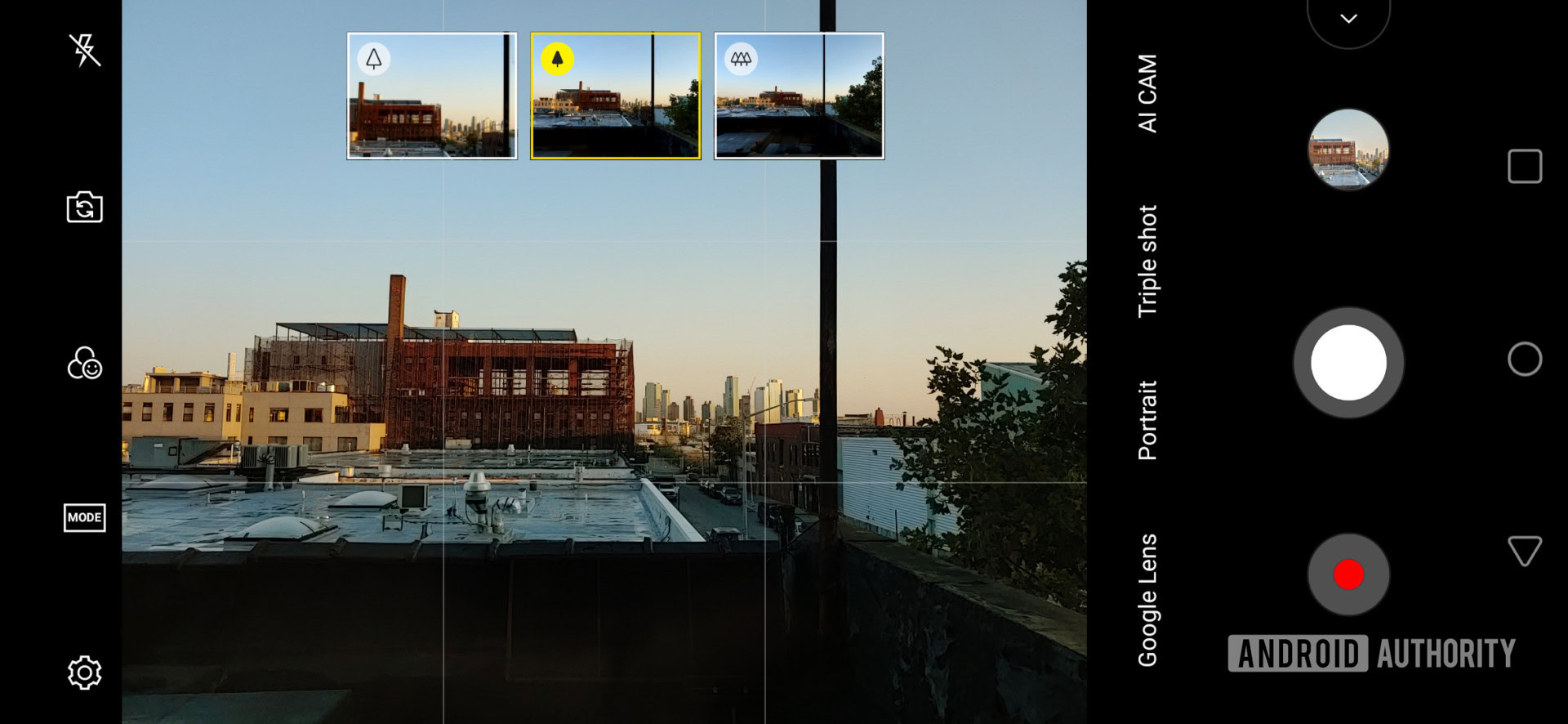
If you’re not sure which lens to use, the LG V40 offers a simultaneous preview functionality, showing users what to expect from all three cameras before they tap the shutter key. The preview windows aren’t exactly huge, but they can quickly help you figure out if that telephoto snap will be a waste.
It’s a pretty neat feature, and I don’t recall ever seeing anything similar on a major flagship smartphone before. HUAWEI doesn’t let you see the standard and monochrome shot beforehand. Even Samsung doesn’t let you see what the telephoto and standard snap looks like side-by-side.
Simultaneous capture
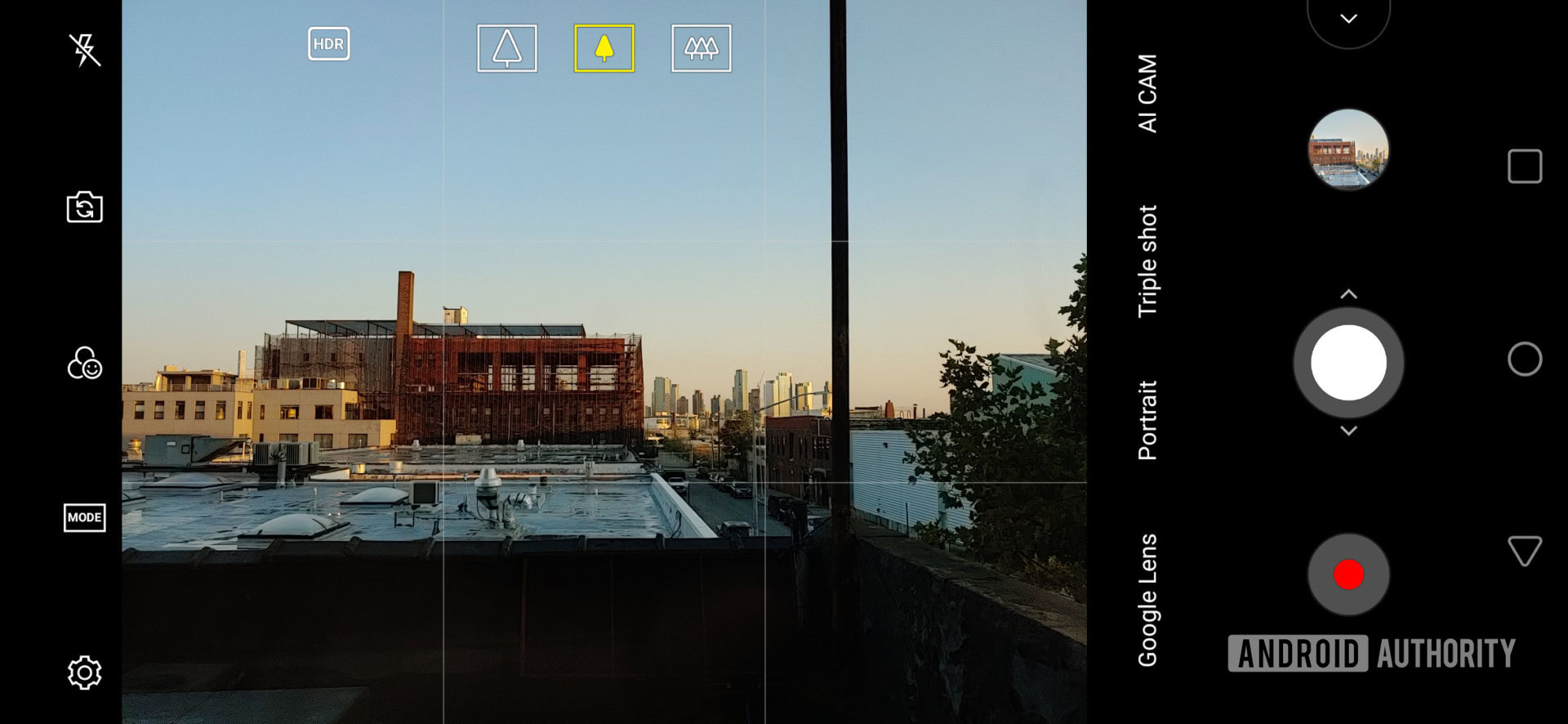
Seeing a preview from all three cameras is rather cool, but taking simultaneous snaps from all three shooters is even better. The LG V40’s Triple Shot does this and also spits out an animation, panning in from the super wide-angle camera, all the way to the telephoto shot.
We’ve seen the ability to simultaneously capture starkly different photos from two cameras before — Nokia’s ridiculously named “Bothie” feature is a prominent example (using rear and front cameras). Samsung also lets users capture both a Live Focus shot from the telephoto camera and a standard shot via the main camera. HUAWEI? Nada.
Advanced audio controls
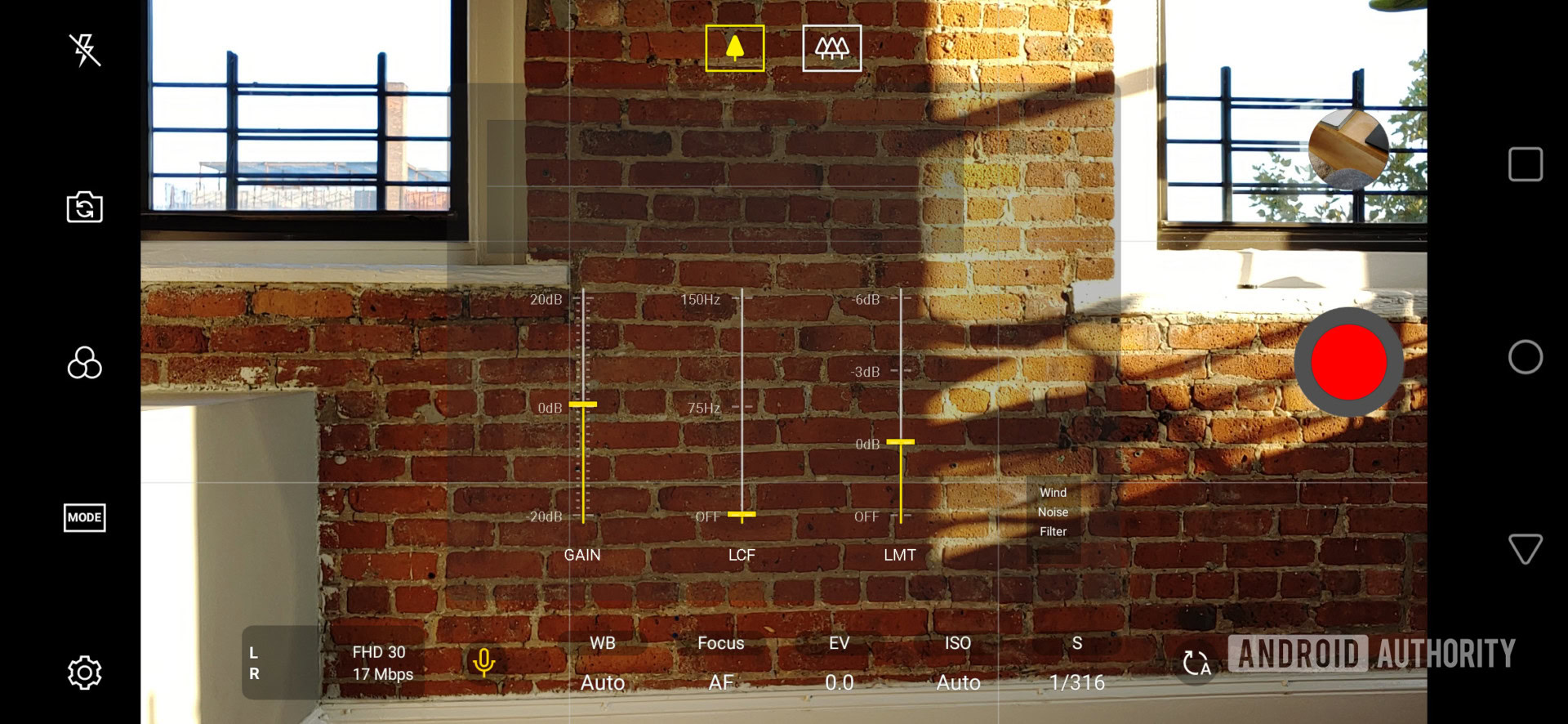
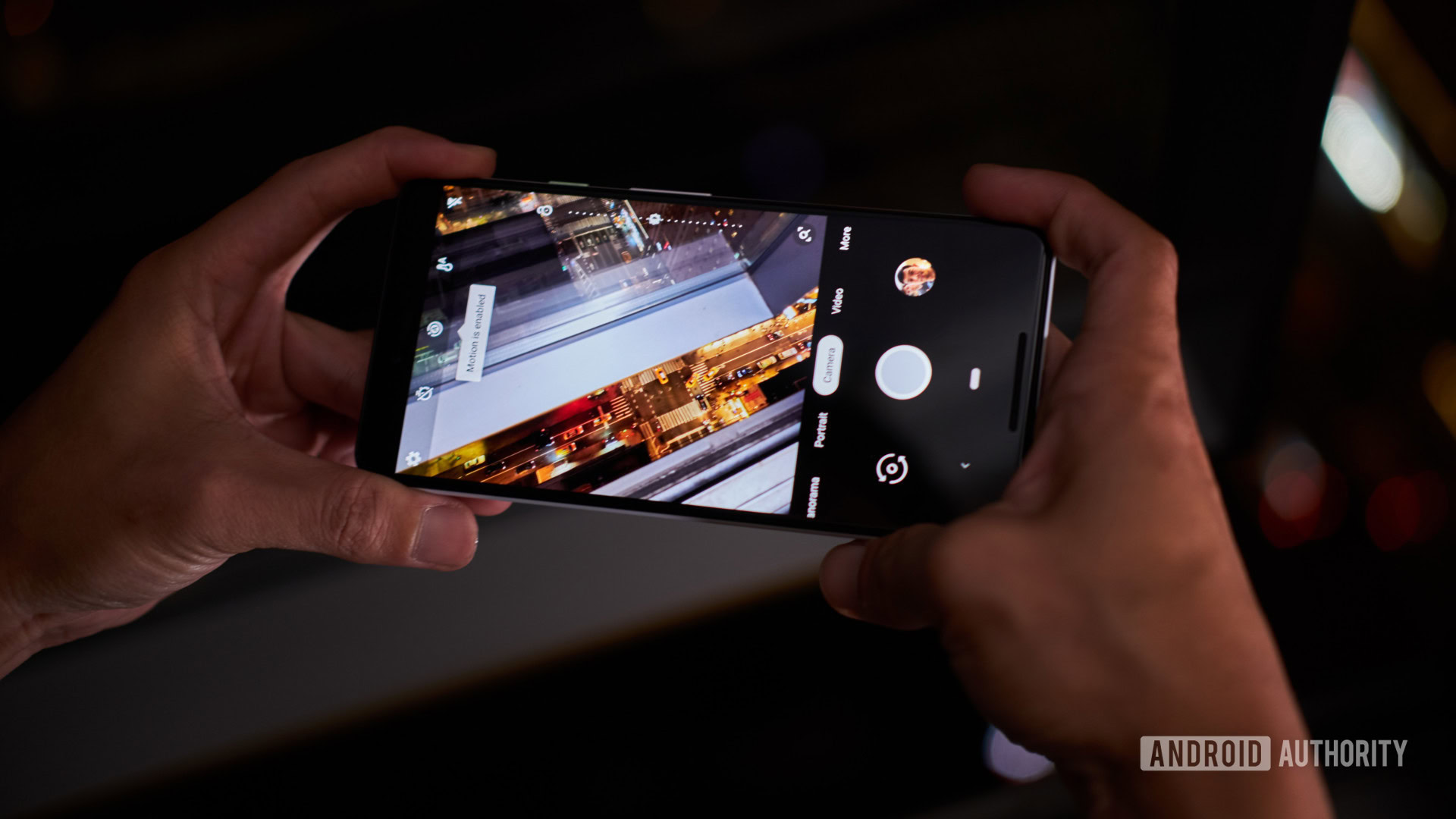
LG’s V10 stood out from the pack back in 2015 thanks to its manual video mode. HUAWEI joined the Korean company in offering a manual video mode since then, letting you adjust exposure, white balance and other variables. However, LG’s video recording mode still stands out due to its advanced audio settings.
You get options for the gain, low-cut filter, limiter, and wind filter. These tools are great if your subject is soft-spoken, if you’re recording outdoors on a windy day, or if you need to cut down on background noise.
Is it worth getting over the P20 Pro, then?
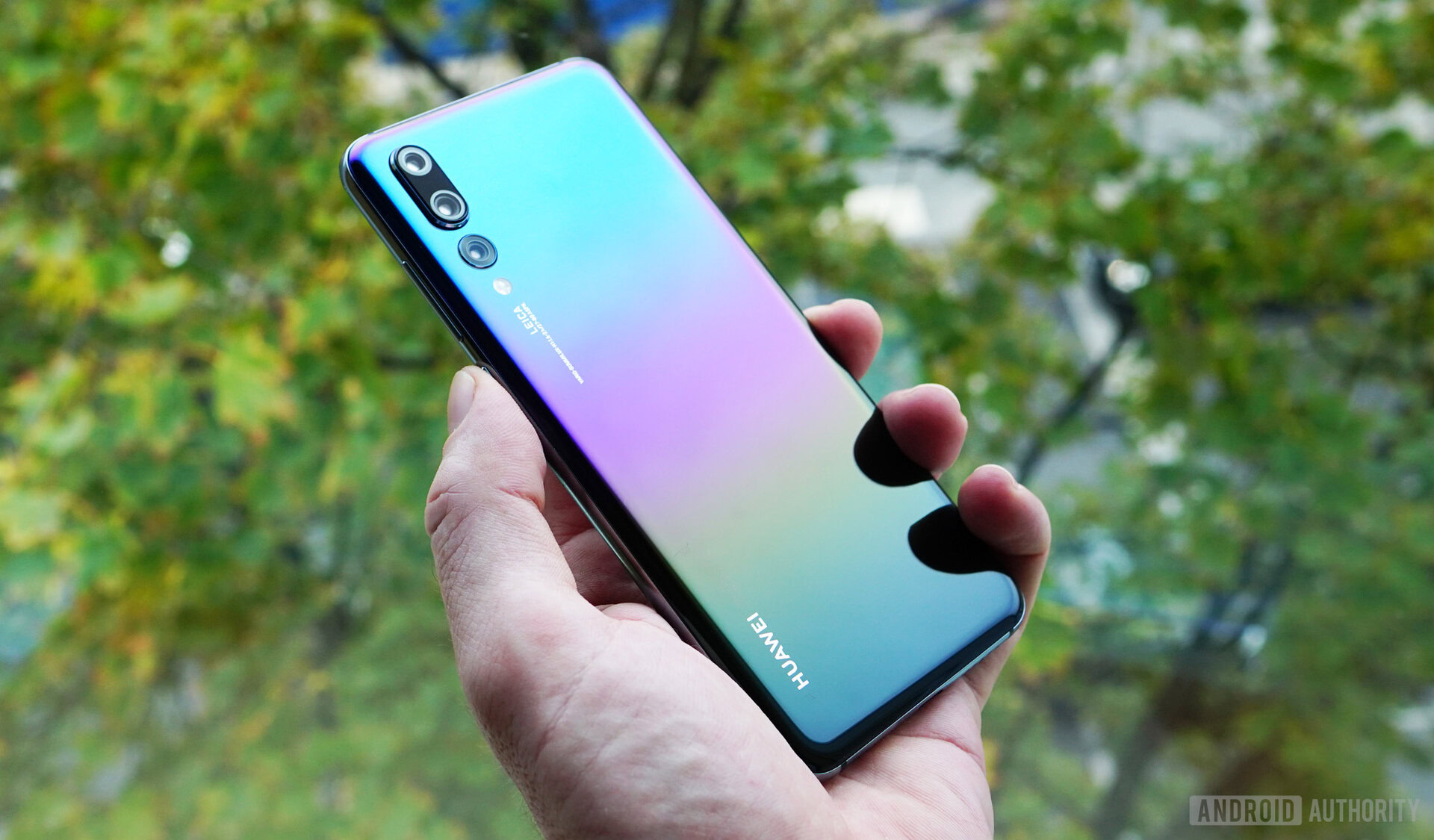
The LG V40 ThinQ clearly packs loads of camera-related features, but HUAWEI’s flagship has plenty too. Between the fantastic night mode, zoom capabilities, wide-aperture mode, and light trail features, the P20 Pro certainly holds its own against other devices (including LG’s wares) in terms of sheer quantity and quality of options.
Ultimately, we’ll need to pit the two against each other in more depth to ascertain photo quality. Our own David Imel already expressed his disappointment with the V40’s camera performance in his review. In fact, he felt that the low-light performance in particular was “terrible,” so you might want to consider the HUAWEI phone on this basis alone.
If you had the choice, which phone would you choose?